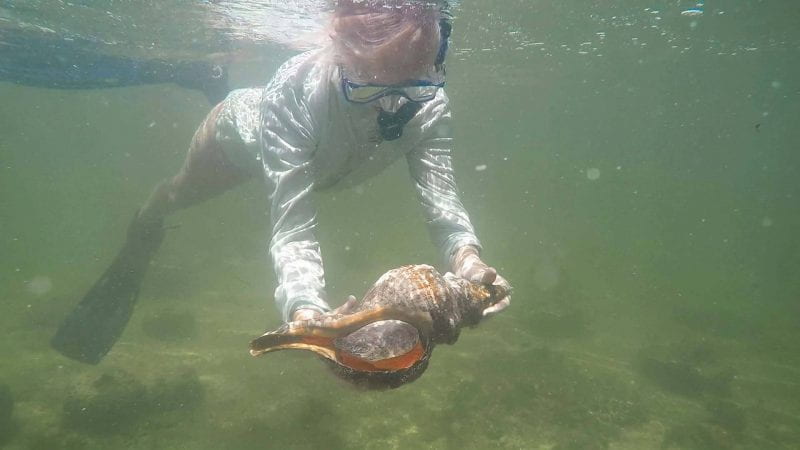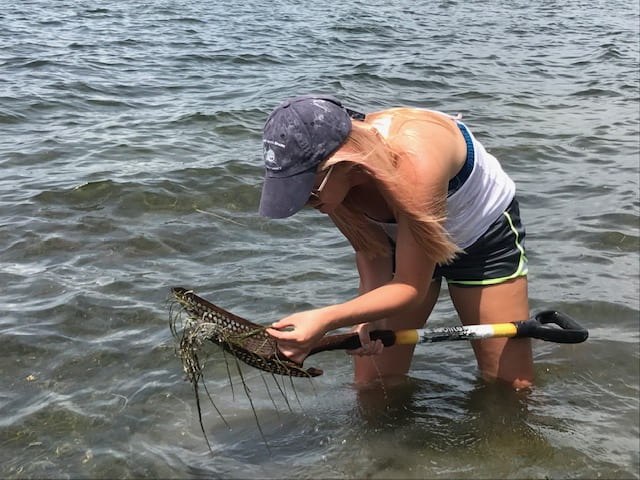Halmos Student and Faculty Publish Sea Grass Article in Conjunction with USGS

 This spring, Halmos Graduate student Erin M. Smith, with principle investigator (PI) Amy Hirons, Ph.D., co-PIs Dimitrios Giarikos, Ph.D. and Andre Daniels published an article entitled, “Heavy Metal Accumulation in Seagrasses in Southeastern Florida” in the Journal of Marine Biology and Oceanography.
This spring, Halmos Graduate student Erin M. Smith, with principle investigator (PI) Amy Hirons, Ph.D., co-PIs Dimitrios Giarikos, Ph.D. and Andre Daniels published an article entitled, “Heavy Metal Accumulation in Seagrasses in Southeastern Florida” in the Journal of Marine Biology and Oceanography.
Seagrass beds are among the most ecologically important systems in the marine environment. Seagrass environments also serve as critical habitat at some point in the life cycle of many species targeted for recreational and commercial fishing, as well as a major food source in the coastal ecosystem, with over 154 marine species known to feed on living seagrass. This provides a pathway for contaminants in the seagrasses to enter the marine food web. This study assessed the heavy metal concentrations in the three main seagrass species found in southeastern Florida seagrass beds.
The results show that the seagrasses in southeastern Florida waters do contain various concentrations of heavy metals. Higher concentrations of heavy metals were found during the wet season, while Zinc in seagrasses was at significantly higher concentrations during the dry season. The research detected that heavy metals were highest in leaves with attached epiphytes. Epiphytes in marine systems are species of algae, bacteria, fungi, sponges, and any other sessile organism that grows on the surface of a plant, typically seagrasses or algae. These epiphytes on southeastern Florida seagrasses contribute to heavy metals.
Seagrass beds provide important habitat for a wide range of marine species. Especially important in south Florida is the impact these beds have on sea turtles and manatees.
Hirons and Giarikos are faculty with Halmos College. Daniels is with the U.S. Geological Survey (USGS) which is located in the NSU Center for Collaborative Research on the Fort Lauderdale/Davie campus.
